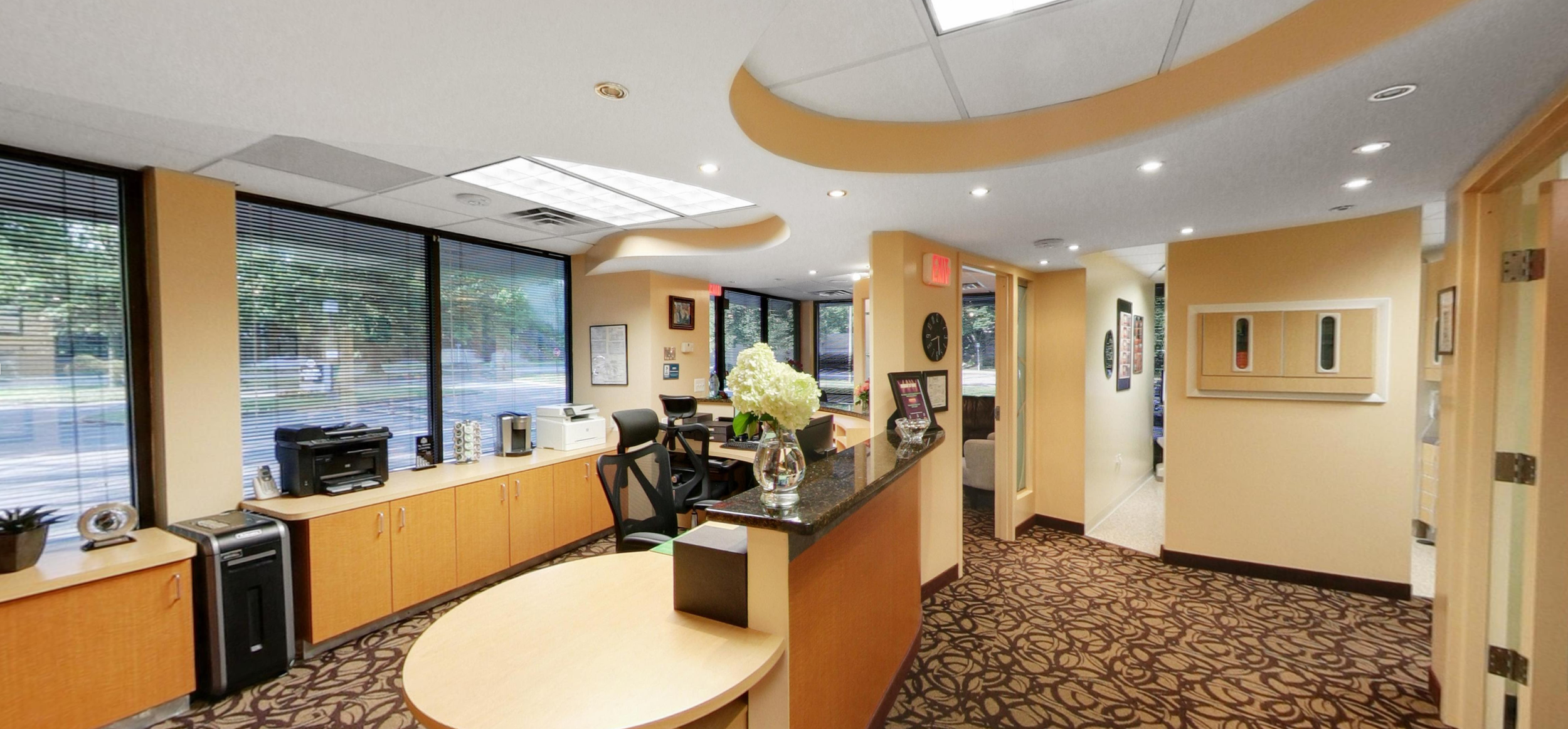beautyMicroabrasion
Cosmetic and Neuromuscular Dentistry in Burke, VA
Reveal your natural enamel’s brilliance
When whitening just won’t budge certain stains, microabrasion steps in as a gentle, precise way to refresh your smile. This quick treatment lifts superficial enamel discoloration and smooths the surface, revealing the brighter, healthier enamel that was hiding underneath.
Instead of covering stains like veneers do, microabrasion removes them entirely—leaving you with naturally polished enamel that catches the light beautifully. It’s subtle, conservative, and surprisingly transformative.
What is Microabrasion?
Microabrasion uses a controlled, mechanical polishing technique to gently remove discolored enamel. A combination of hydrochloric acid and pumice is applied to the tooth surface and carefully buffed away. The process continues until the stained enamel layer is removed, revealing smooth, glassy enamel underneath.
Treatment is typically completed in under an hour
The process is painless and minimally invasive
Teeth are treated with fluoride gel afterward to reduce any sensitivity
Results are immediate and permanent
For many patients, microabrasion is all that’s needed for a brighter smile. In others, it can be paired with professional teeth whitening for enhanced results.
When Is Microabrasion Used?
Microabrasion combines a mild acidic solution with a fine abrasive to gently remove discoloration from the outer enamel layer. It’s especially effective for stains that resist bleaching or whitening treatments.
Microabrasion can treat:
White spots caused by decalcification (early enamel demineralization)
White stains that appear after orthodontic treatment or braces
Brown or white stains caused by fluorosis or enamel trauma
Other stubborn surface stains embedded in the outer enamel
Understanding Common Causes
Decalcification:
When minerals are lost from enamel due to acidic conditions, small white chalky spots may appear. Although preventive care can stop cavities from forming, the white marks may remain permanently—unless treated with microabrasion.
After Braces:
Brackets can block saliva from naturally remineralizing tooth surfaces, creating uneven white patches after braces are removed.
Fluorosis & Enamel Defects:
Excess fluoride during tooth development or trauma to a forming tooth can cause brown or white discoloration that penetrates the enamel.
In some cases, the cause of staining is unknown, but when discoloration doesn’t respond to standard teeth whitening, microabrasion can restore uniform color and brightness.
Patient Testimonials
Alternative Whitening Treatments
Depending on the nature and depth of your stains, Dr. Marzban may recommend combining or exploring other cosmetic dentistry options to achieve your best results:
In-office or take-home teeth whitening (Boost or Opalescence®)
Teeth bonding for covering isolated discoloration or chips
Porcelain veneers for a comprehensive smile transformation
Dental crowns for restoring damaged or heavily stained teeth
During your consultation, Dr. Pamela Marzban will evaluate your teeth, identify the cause of your discoloration, and recommend the safest, most effective treatment plan for you.
Experience the Beauty of a Brighter, Healthier Smile
If you’re ready to remove deep stains and reveal your natural enamel’s brilliance, microabrasion may be right for you. Call 703-323-8200 or contact Dr. Pamela Marzban online to schedule your appointment today.
We proudly serve patients from Burke, Fairfax, Fairfax Station, and Washington, D.C.







